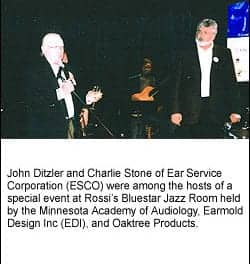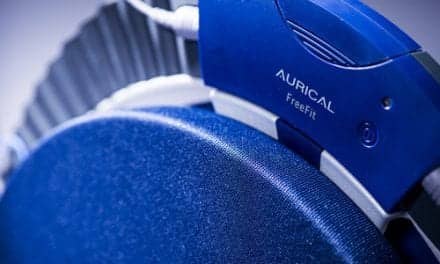The Ida Institute announced the awardees of the Ida Institute Research Grants for 2020. Each year, up to $10,000 USD in funding is awarded by the institute to three projects that develop evidence related to Ida Institute methods and tools and aim to demonstrate the effectiveness of person-centered care in hearing rehabilitation. This year, the following three projects have been selected by the Ida Research Committee:
- The feasibility, usability, and utility of developing an outcome ‘dashboard’ which routinely tracks person-centered care experiences alongside other success measures in a hearing rehabilitation organization
Submitted by Drs Jessica Vitkovic and Caitlin Barr of Better Hearing Australia, this project aims to develop an easy-to-use process that will track person-centered outcomes. The aim is to encourage the measurement of person-centered outcomes so that hearing care professionals and organizations have the information needed to improve person-centered practices.
“We believe that outcome measurement is perhaps the most important method to help guide and improve person-centered practices,” said Vitkovic, the principal researcher. “We are excited to bring together our passion for person-centered approaches, evidence, and impact to this co-design project which places consumers at the center but includes and works with the needs of managers and clinicians in the development of the outcome dashboard.”
- Does the Ida tool ‘My Hearing Explained’ result in improved understanding of the consequences of hearing loss among older hearing-impaired individuals seeking help for their hearing for the first time?
The second project focuses on Ida’s newest tool, My Hearing Explained, which was launched in November 2019. The tool is designed to help hearing care professionals communicate hearing test results in a person-centered manner and serves as a supplement to the audiogram.
The research team from the University of Manchester, UK, will examine to what extent the tool makes it easier for people with hearing loss to understand their hearing test results.
“In current practice, audiologists tend to focus on explaining the details of the hearing loss using the audiogram, but tend to spend less time discussing the consequences and implications of the hearing loss on daily life,” said principal researcher Gabrielle Saunders, who is working with co-investigator Kai Uus on the project. “Using the My Hearing Explained tool will hopefully switch the focus to being more about consequences and implications, which will presumably be of more relevance to the client and will be better understood and remembered. In our study we will find out whether the tool really does as expected—a critical step of evidence-based practice.”
- Assessing the use of the ‘My Hearing Explained’ tool to align communication strategies between adults with hearing loss and their communication partners
One of the goals of My Hearing Explained is to help friends and family of a client understand that person’s hearing loss. The third winning project, submitted by a team from the National Acoustic Laboratories (NAL) in Australia, will look at how the tool can be used to establish communication strategies between the person with hearing loss and their communication partners.
“This project focuses on the client and their communication partners, the people closest to them who matter the most to them. By investigating the use of the My Hearing Explained tool, we hope to give clients and their communication partners more clarity around the diagnosis of hearing loss, to help them develop communication strategies that are cooperative and supportive,” said principal researcher Taegan Young, who is joined by co-investigators Melanie A. Ferguson, PhD and Elizabeth Beach, PhD.
This year’s projects will be completed by September 2021. For more information about previously funded projects, visit the Ida Research Grant page.
Source: Ida Institute





